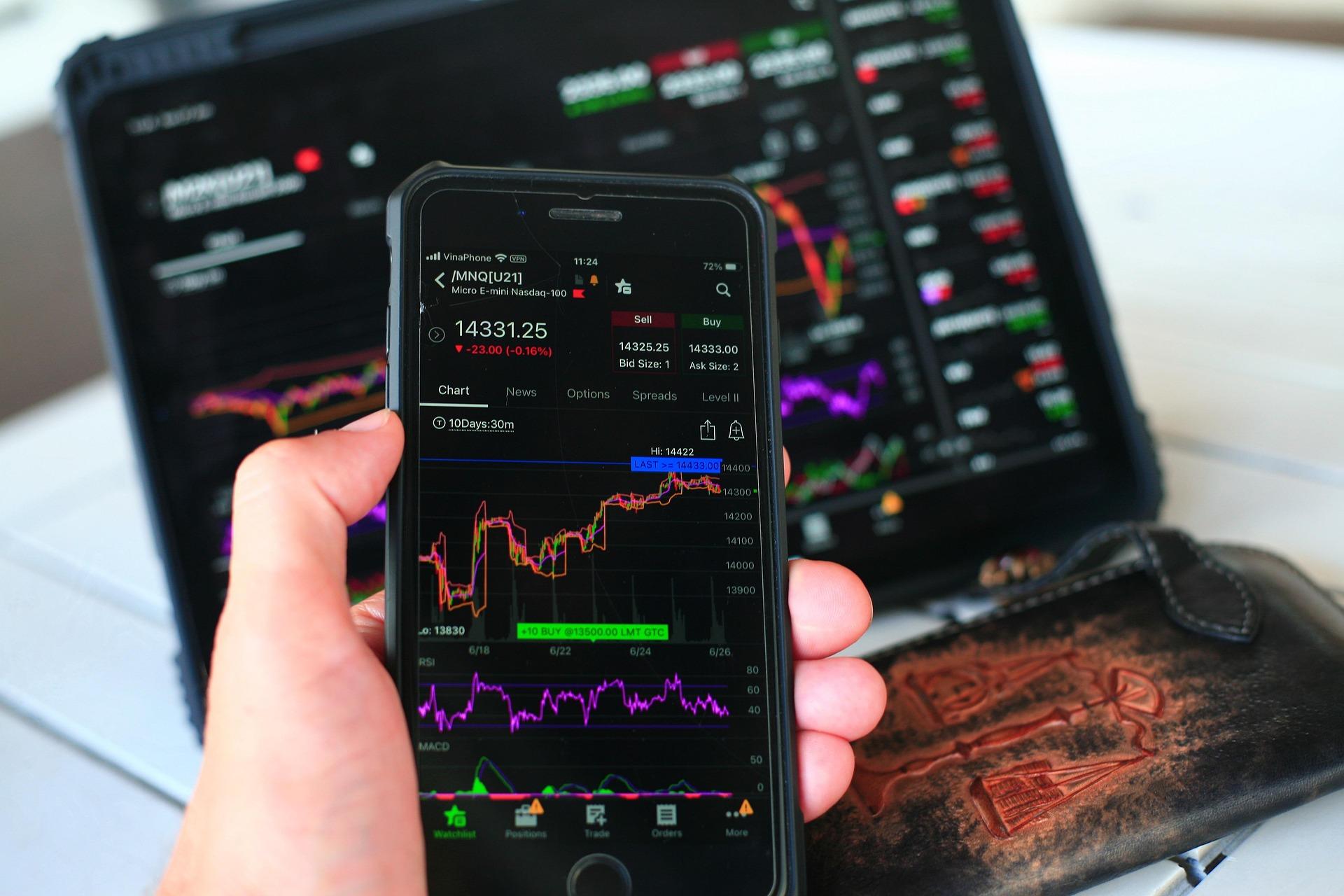
US Default Risk Spikes:The cost of insuring against a potential default on US government debt has surged to levels not seen in over a decade, signaling mounting market concern over fiscal stability. One-year credit default swaps (CDS) on US sovereign debt have climbed to 52 basis points, approaching their highest point since the 2023 debt ceiling crisis.
Outside of the 2023 episode, this marks the most expensive pricing for default protection since 2011–2012. Historically, one-year CDS prices have remained relatively low, especially between 2015 and 2020, when they hovered near the bottom of the scale. However, the recent spike brings them closer to levels not seen since periods of major financial stress—such as the 2008 financial crisis, the 2011 debt ceiling impasse, and COVID-era volatility in 2020.
The sharpest surge occurred in mid-2023, when CDS prices skyrocketed to over 150 basis points during the peak of the debt ceiling standoff. While that immediate crisis subsided, the current upward trend suggests investor confidence remains fragile.
The US government officially hit its statutory borrowing cap in January and has since relied on extraordinary measures to meet its obligations. Although a technical default was narrowly avoided last year, many analysts believe the issue remains unresolved, with long-term structural deficits and political brinkmanship contributing to renewed investor caution.
Adding to this concern is the increase in the outstanding volume of credit default swaps, which has grown by approximately $1 billion this year, reaching $3.9 billion—the second-highest level since 2014. This rise in volume reflects not only investor hedging but also a broader sense of vulnerability regarding US creditworthiness.
Periods of elevated CDS pricing—such as in 2008, 2011, 2013, and 2023—have historically coincided with significant fiscal or political disruptions. The latest increase fits this pattern, as the US grapples with escalating deficits, an unresolved long-term debt ceiling framework, and continued uncertainty about fiscal discipline.
As debates over government spending and borrowing persist, markets are pricing in the possibility of further instability. The surge in CDS prices serves as a barometer of those concerns, suggesting that the perception of the US as a rock-solid credit risk is facing renewed scrutiny.




